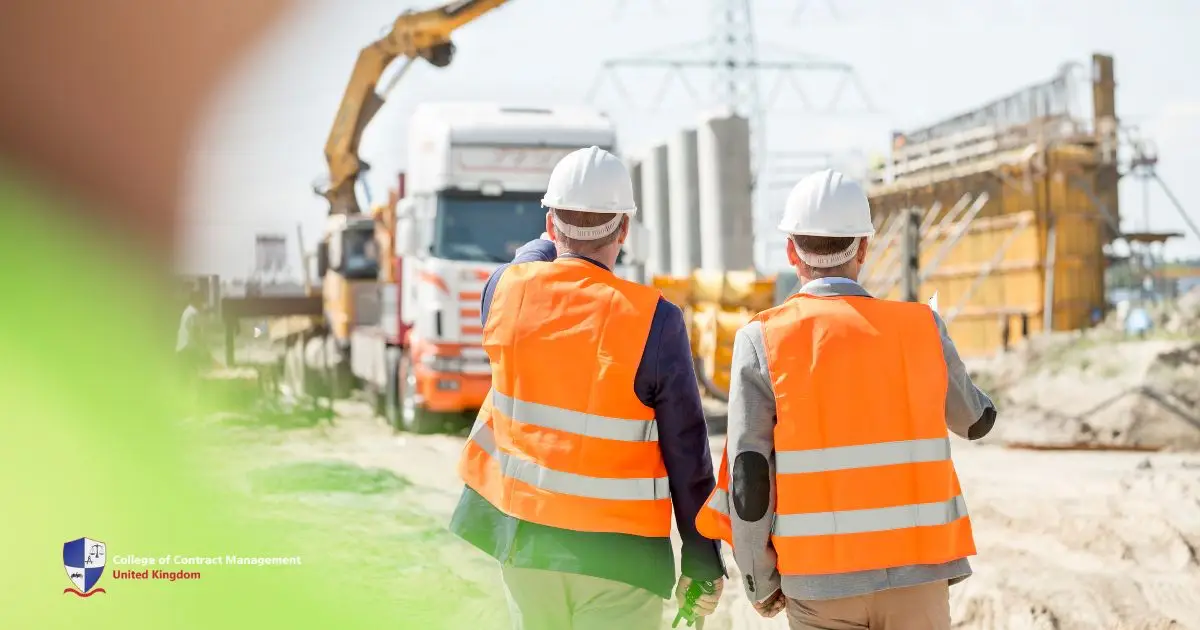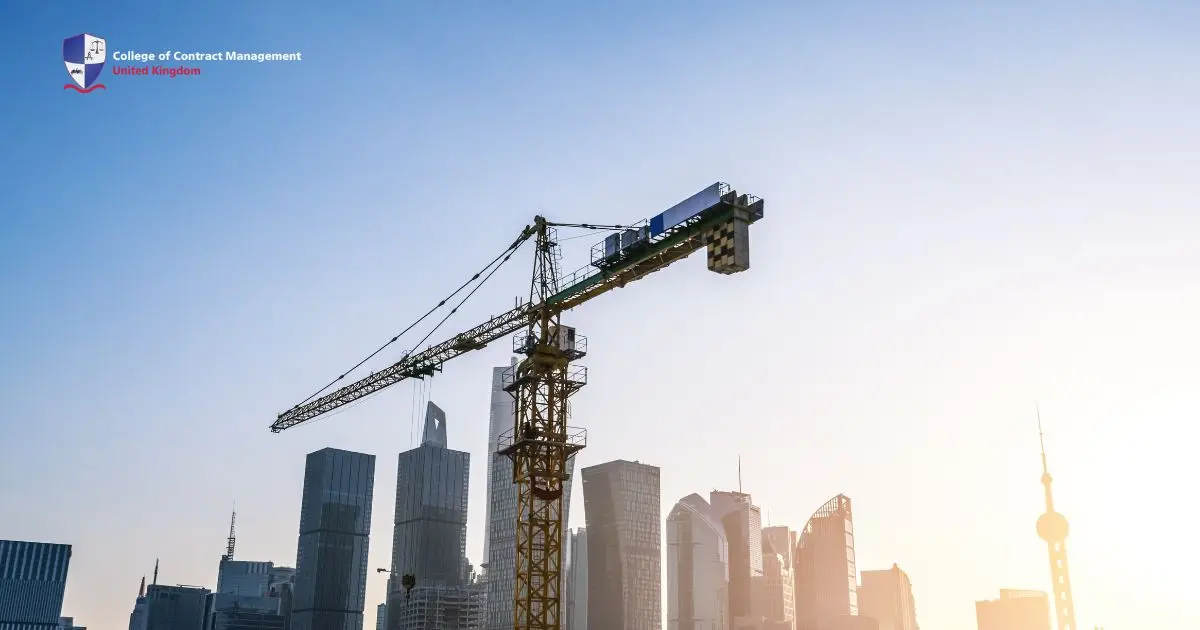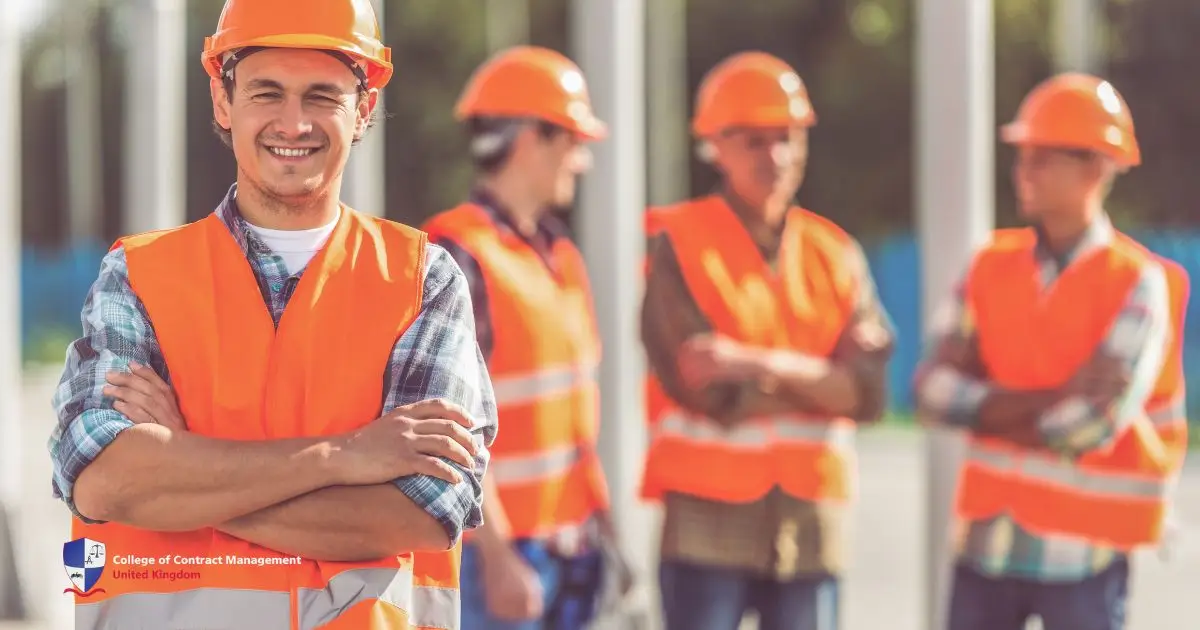The Construction Industry is one of the most high-valued industries. It is the reason behind every infrastructure that we have like the buildings, roads, railways, bridges, dams, and many more. In addition to this, it is also responsible for our telecommunications, water, power, and energy. The Construction Industry involves physical activities because they involve not only our minds but also our bodies. Construction workers cannot do it alone. They need help and guidance that will make their work in the field much easier. And that’s when construction vehicles come into the picture. Many types of construction vehicles bring a very large amount of significance to the industry.
In this article, we’ll “unearth” the different types of construction vehicles and explore how they contribute to the industry.
TYPES OF CONSTRUCTION VEHICLES
Construction projects count on various types of vehicles to complete tasks efficiently. From earthmoving equipment to material handling machinery, these vehicles play crucial roles in the success of construction projects.
We define the word “vehicle” by the following qualifications: they transport goods, people, or materials from one place to another. Thus, with this definition, let’s take a closer look at the most common types of construction vehicles. And they are categorised by their primary function.
-
Earthmoving Vehicles


From what its name might suggest, Earthmoving Vehicles refer to any piece of heavy machinery vehicle that can move and grade soil and rock. Earthmoving Vehicles are crucial for digging, grading, and moving large quantities of earth or materials. These are used to dig foundations for landscaping and so on.
Common Earthmoving Vehicles:
Excavators - This is one of the most efficient digging machines that has ever been created. The purpose of this is to dig, but can also be used to lift and carry tasks in various applications.
Bulldozers - Next, we have bulldozers. Besides being the most popular, it is also the most powerful equipment in the Construction Industry. Their purpose includes moving and grading dirt across large tracts of land. They are extremely large and very heavy. You can use their size and height to crush boulders if needed.
Backhoes - Next we have backhoes. They are smaller and look like a typical farm tractor. It also contains a digging arm that can perform many different tasks like digging, small demolitions, moving materials, landscaping, breaking asphalt, and paving roads.
Graders - Then, we have graders, also known as motor graders or road graders. However, this is the most common in civil construction, roadworks, and mining sites for creating smooth and flat surfaces.
Trenchers - Last in line under the earthmoving construction vehicle are the trenchers. This type of construction vehicle has a metal chain with teeth made of high-strength steel. This enables this vehicle to tear into the ground, lifting and moving massive amounts of land.
-
Material Handling Vehicles


Based on its name, this construction vehicle is designed to handle materials required for construction projects. It is responsible for transporting construction materials such as steel, concrete, and wood. Examples of these include forklifts, cranes, and telehandlers.
Common Material Handling Vehicles:
Forklifts - The first in this category is the forklift. This motor-driven industrial truck lifts and moves goods within warehouses, storage facilities, and distribution centres. Depending on its design, but most commonly, forklifts allow the operators to sit while driving or operating the machine.
Cranes - Next is the crane. This machine lifts and moves heavy loads, machines, and goods for various purposes. It is used across multiple industries, including construction, manufacturing, shipbuilding, and materials handling.
Telehandlers - Lastly, under this category are telehandlers. Telehandlers are multi-purpose machines that lift, move, and place material. Telehandler is short for telescopic handler. It accepts different attachments to lift, move, and place materials from bricks and gravel to lumber. Its compact frame and impressive movability make it possible to access tight areas that originally, large forklifts wouldn’t be able to.
-
Road Construction Vehicles


These types of construction vehicles specialised in building, maintaining, or repairing roads and highways. Examples of these include asphalt pavers, road rollers, and scrapers.
Common Road Construction Vehicles:
Asphalt Pavers - First under the road construction vehicle category is asphalt paver. This is a piece of construction vehicle or some refer to it as equipment used to lay asphalt concrete or Portland cement concrete on roads, bridges, parking lots, and other such spaces.
Road Rollers - Next is the road rollers whose purpose is to flatten land or break up large chunks of soil. This is a compactor-type of construction vehicle. The majority of the time, these road rollers are used after ploughing or disk harrowing is done.
Scrapers - Last in this category is scrapers. Their purpose is to move or remove dirt, gravel or other material from the ground surface. Though they are specially designed for paving, they can also perform tasks such as excavation and levelling.
-
Other Specialty Construction Vehicles
Certain types of construction projects require specialised vehicles for unique tasks.
Examples:
Concrete Mixers Trucks - Other construction vehicles include concrete mixers trucks. This is a vehicle with a rotating drum mounted on the back to mix cement, water, and other materials such as sand, gravel, and sometimes additives, to make concrete.
Dump Trucks - Another one on the list is a dump truck. These are used for transporting and unloading loose materials such as dirt, gravel, sand, and rocks.
Pile Drivers - Next in this list are pile drivers. It is a heavy-duty tool that is used to drive piles into the soil to build piers, bridges, cofferdams, and other pole-supported structures.
Feller Buchers - Last but not least, we have feller butchers. It is a motorised vehicle with an attachment that can rapidly gather and cut a tree before felling it.
THE IMPORTANCE OF ALL TYPES OF CONSTRUCTION VEHICLES
There are even more types of construction vehicles that you can encounter in the construction industry. All of these vehicles are very crucial since they help complete the construction project. Besides that, it also makes the work easier especially for the workers. However, there are even more reasons why construction vehicles are important for various reasons.
-
EFFICIENCY AND SPEED
They significantly speed up construction processes, enabling large-scale projects to be completed faster than with manual labour alone.
-
HEAVY LIFTING
Construction vehicles handle heavy loads and materials that would be impossible for humans to move, such as earth, concrete, and steel beams.
-
PRECISION AND ACCURACY
Vehicles like excavators, cranes, and bulldozers perform tasks with precision, helping create accurate foundations, structures, and landscapes.
-
SAFETY
By taking on the most dangerous tasks, these vehicles help reduce the risk of injury to workers.
-
COST-EFFECTIVE
Although expensive upfront, construction vehicles save costs in the long run by reducing the need for a large workforce and minimising human error.
All types of construction vehicles are vital to modern infrastructure, enabling the building of roads, bridges, buildings, and more. Due to their extreme importance, operating these vehicles is taken very seriously. Construction workers should pass certain qualifications for them to be able to be qualified to drive and operate it.
HOW TO BECOME QUALIFIED TO DRIVE TYPES OF CONSTRUCTION VEHICLES IN THE UK?
To drive types of construction vehicles, there are qualifications that you need to pass. To be qualified to drive any type of construction vehicle in the UK, you typically need to follow these steps:
-
Get The Right Licence
For most construction vehicles, you’ll need a Category C or C1 licence, depending on the vehicle’s size and weight. You must already hold a full UK driving licence before applying.
-
CPCS Card (Construction Plant Competence Scheme)
Most employers require you to hold a CPCS card, which proves you are trained and competent to operate a specific construction machinery or vehicle. The process includes:
-
Pass a Healthy, Safe, and Environment Test
This is a mandatory step to ensure you are aware of safety protocols on a construction site.
-
Complete Training
You’ll need to undertake formal training on the operation of the vehicle you intend to drive.
-
Pass a Theory and Practical Test
Once trained, you’ll take a practical theory test to prove your competence.
-
National Vocational Qualifications (NVQs)
Some roles may require an NVQ in Plant Operations, which certifies your practical skills and knowledge in operating machinery.
-
On-site Experience
Many employers will expect you to have practical experience working on construction sites. Some training courses provide this.
By following these steps, you can become certified to drive a construction vehicle and improve your employability in the industry.
JOIN THE CONSTRUCTION INDUSTRY WITH CCM UK!
Despite these types of construction vehicles being so vital in the construction industry, the people behind them make them operational and useful. With this being said, being credible and competent enough to become someone behind the operation of the vehicle is as important too. With this, you should be able to enhance your skills with the right platform.
Don’t worry because we, the College of Contract Management, are offering courses that will help you become a part of the construction industry. We offer various courses that might match your interest — even operating these types of construction vehicles!
We offer courses in Construction Risk Management for you to be aware of the risks and hazards that you’re going to face when entering this industry, most importantly, when operating these construction vehicles. You will gain knowledge on how to avoid these risks or reduce the exposure of the construction project to potential dangers.
By enrolling with us, you are not just widening your knowledge and improving your skills. You are also strengthening your foundation in the construction industry and setting more potential and prospects in your employment. So what are you waiting for? Be a part of the construction industry with CCM UK!
KEY TAKEAWAY
Construction vehicles are essential for modern construction projects' efficiency, safety, and success. From earthmoving to material landing, these machines enable the completion of complex tasks. To operate them in the UK, obtaining the right licence, CPCS certification, and practical experience is crucial. Enhance your career prospects in the construction industry by gaining the necessary skills and qualifications through specialised courses at the College of Contract Management.
Join us today and drive your future forward!





